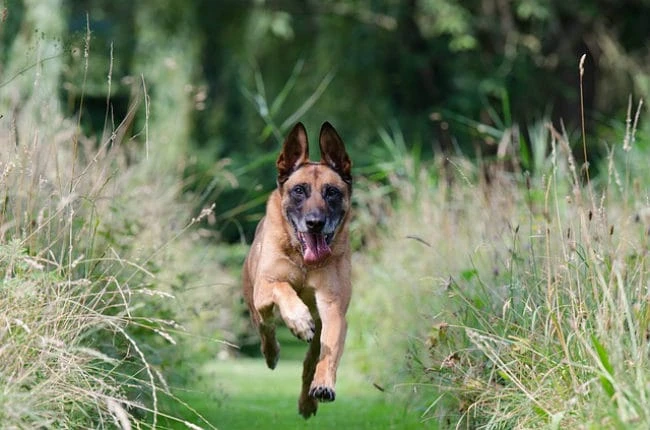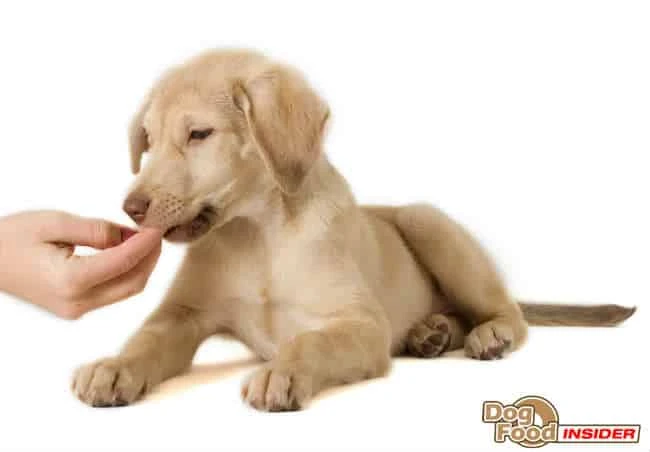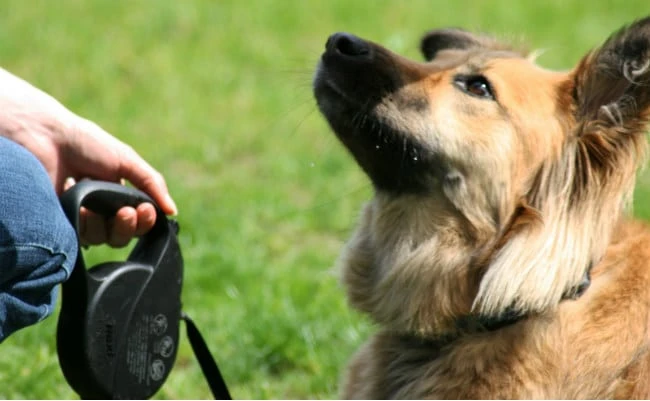Training your Dog to Sit, Dog on Dog Aggression, Basic Obedience Commands

Training your dog to sit might be one of the easiest and most basic dog training commands but it is still one of the most important commands to teach your dog or puppy.
Below we have provided a step by step guide to this dog training command and lots of other useful techniques to teach your dog or puppy including how to cure dog on dog aggression.
So lets get started…
Training your Dog to Sit
To start you will need somewhere very quiet so that your pooch will not get distracted. You will also need a leash and some treats. The reason we use treats as a reward is because we are using a technique referred to as positive reinforcement – this is when a dog trainer uses rewards and treats after your dog or puppy has behaved positively – so if your dog or puppy sits when he is asked we reward that behavior. By rewarding the behavior it makes it more likely for your dog or puppy to repeat that behavior.
1. Attach a leash to your dog or puppy and hold the treat in one hand.
2. Move the treat slightly higher over your dog or puppy’s head and down his back.
3. The treat must not be so high that your pooch attempts to jump up at the treat. It needs to be just high enough that as your dog or puppy’s eyes follow the treat the natural response is for his bottom to lower to the floor.
4. As your dog or puppy’s bottom touches the floor (without lying down). Say ‘Sit’.
5. Hold the treat up just above his nose (your pooch should now be in the sitting position). Give him lots of praise and of course the treat. Now practice this four or five times a day. Congratulations – by training your dog to sit you have started the obedience training process.
Behavior Problems – Treatment and Prevention
Dog trainers and dog behavior experts normally group behavior problems into specific areas – for example there are five important categories including
- Aggression
- Disobedience
- Sexual
- Phobias
- Destructiveness
Dog training experts and most owners will agree that the best route to success is to start obedience training as early as you possibly can. There is little point in letting you dog or puppy run riot only to have to pick up the pieces as your pooch gets older. When it comes to dog obedience training – prevention is always better than cure.
Of course this is not always possible especially if you have taken on a rescue dog that has a mixture of behavioral problems. In these circumstances you will need to use some of the techniques provided on this website. We will assume that you have taken on a new puppy and have provided some very useful tips on what you should undertake in the early stages of your puppy’s development and training.
1. The very first weeks of your puppy’s life are crucial when it comes to socialization. This period starts from the age of three weeks of age and end at twelve to thirteen weeks of age. During this period you should encourage your puppy to encounter as many new experiences as possible – new people, cars, bikes, noises – you name it you should introduce your puppy to these experiences – it will help to adjust your puppy to normal everyday life.
2. During this period (eight to twelve weeks) a puppy is very sensitive to anything that might make him or her scared or anxious. During this highly sensitive period anything that makes your puppy anxious might last for the rest of his or her life. So if your puppy has been exposed to fire works or a highly aggressive dog your puppy might associate bad experiences with other dogs and loud noises for the reset of his life. It is very important that your young puppy has constant social contact during the age of eight to twelve weeks – never shout at your dog or leave him isolated in a crate away from the family as your puppy might develop behavior problems that go unnoticed.
What if my dog is aggressive to strange dogs?
1. If your dog is aggressive towards strange dogs then you need to train your dog that it is much more pleasant to be quiet as it gets a reward. This is where training your dog to sit can have its advantages. Repeatedly train your dog during the day – ask him to sit – practice this and you can use it later when your dog is confronted with a strange dog when out for a walk. It is also important that you do not allow your pooch to be near other dogs during this obedience training process. If your pooch does become aggressive IGNORE him or her and walk off with your pooch (your dog should already be attached to a leash).
The reason for this is that any vocal or physical act to your pooch might be misunderstood as praise and you might inadvertently be reinforcing this negative behavior.
You could also use the commands you have already learned i.e. by training your dog to sit and using this command you are reinforcing your role as pack leader.
Try Focus Attention Obedience Training
This is a great technique that you can use to stop your pooch from barking at another dog when out for a walk. It basically trains your pooch to focus on you as opposed to the other dog. You will need a leash, somewhere quiet and some treats.
1. Hold the treats in one hand – with your pooch attached to the leash.
2. Call your dog’s name and move instantly to the right or left.
3. Your dog will move with you – hold the treat at eye level with your dog so you look at his eyes.
4. Give him or her the treat and lots of praise.
5. Practice this daily. This technique will enable you to instantly get your pet’s attention when out for a walk if another animal grabs your pets attention.
You can stop this behavior from starting by socializing your puppy with other dogs from a very early age. Reward positive behavior around other animals and ignore negative behavior. It is very important to mention that many owners inadvertently reinforce negative behavior like growling or barking by picking their dog or puppy up when they growl or bark. This will constantly reinforce the negative behavior.
What do I do if my dog is aggressive to other dogs in our household?
When it comes to aggressive behavior towards other dogs in the same household you need to use your knowledge of pack behavior. To do this you should support the more dominant dog in the pack and withdraw support for the less dominant dog. This technique is used by some trainers to reestablish harmony within the pack.
You can stop this behavior from starting in the first place by not allowing any unrest or negative behavior to take route. Use simple techniques such as training your dog to sit as this will reinforce your position as the pack leader. You are the boss and you should constantly reinforce this with your puppies from an early age.
My dog is aggressive when he is groomed – what should I do?
This is relatively easy to cure. You should work closely with the dog groomer when your dog is next being groomed. Start by finding an area on your dog that he or she is happy to have groomed. Groom this area and praise your pooch and reward him as your groom him or her. After a period of time you can gradually move to another area bu don’t rush.
This is another problem that can be solved before it takes root. Groom your puppy from an early age and make it an enjoyable experience through treats and praise. If your puppy starts to growl then find out why – it might be due to a medical problem which is causing your dog or puppy pain. Whether you are training your dog to sit, come or stay always reward positive behavior – because it works!




